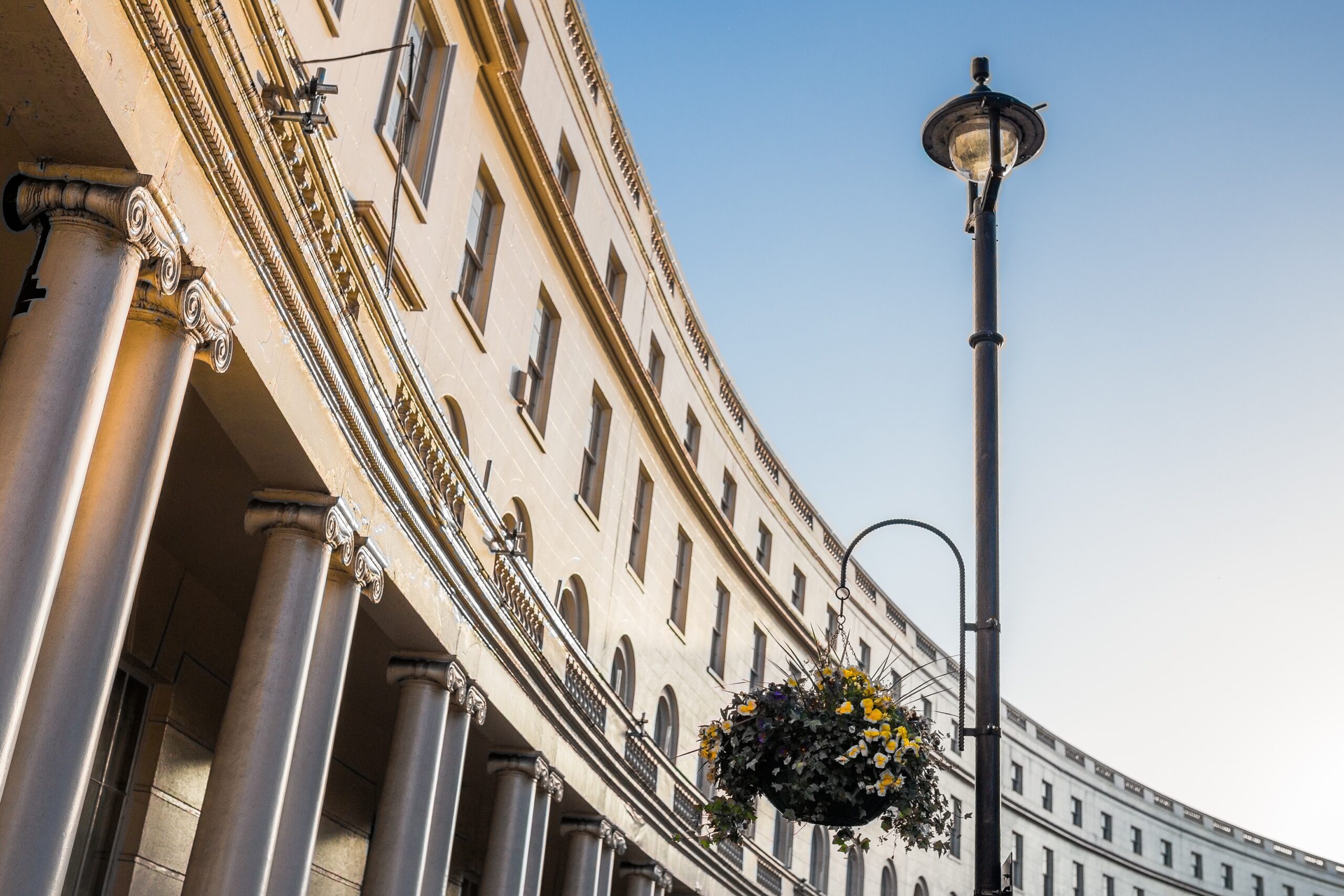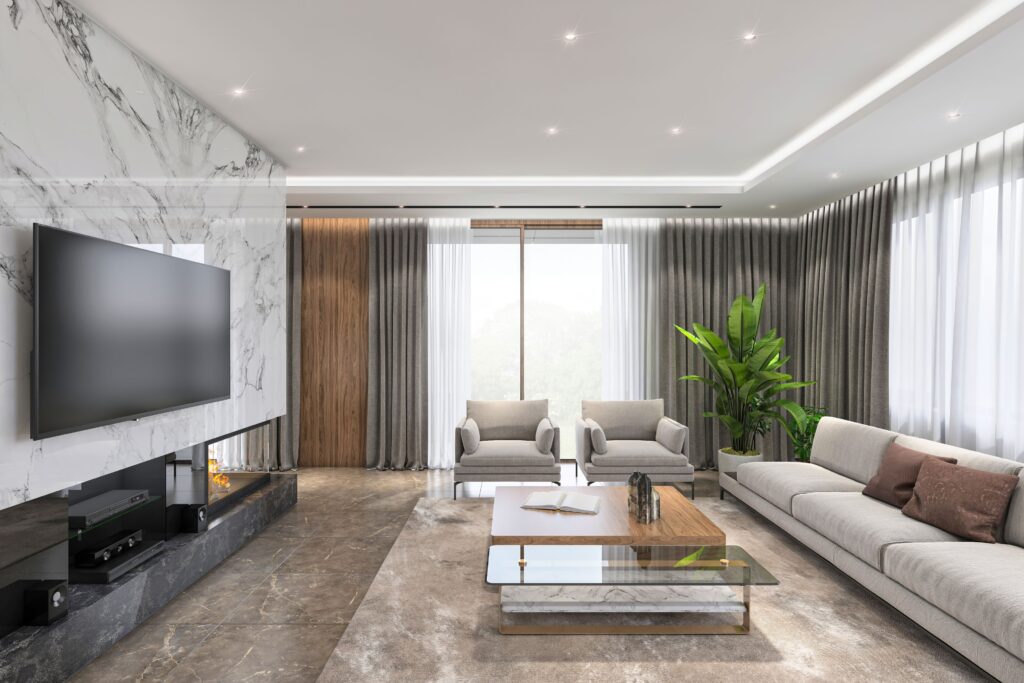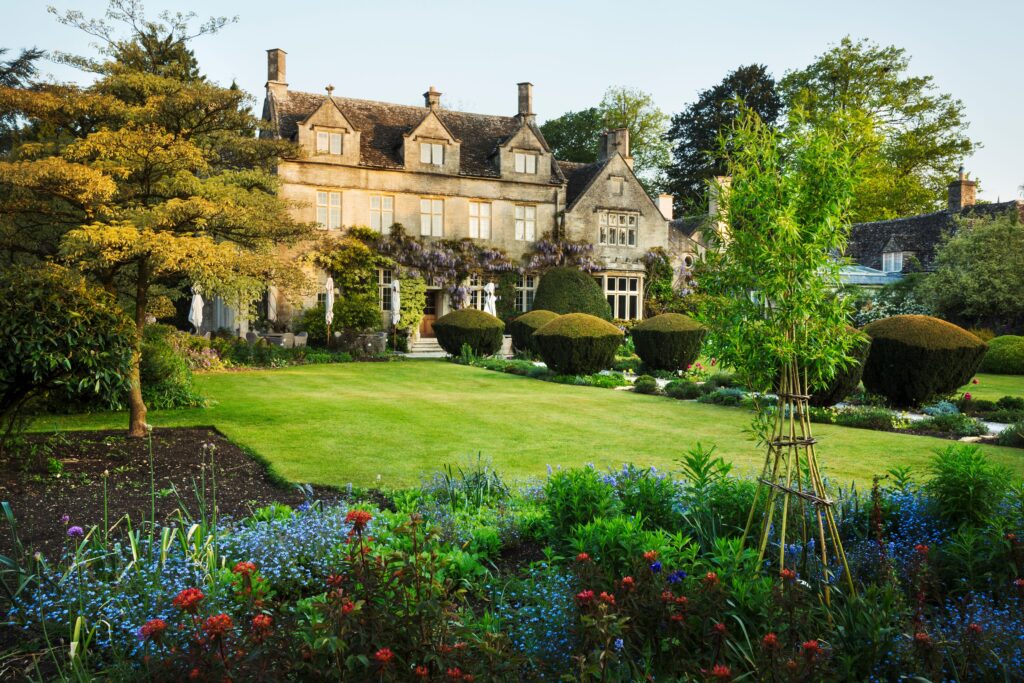Wellness now shapes the way we choose to live and where we call home, writes Toto Lambert, The Buying Solution’s specialist Partner in London – and also a yoga teacher and qualified nutritional therapist. Here, she discusses emerging trends and how our expert buying agents can secure exceptional properties designed to elevate the wellbeing of our clients.
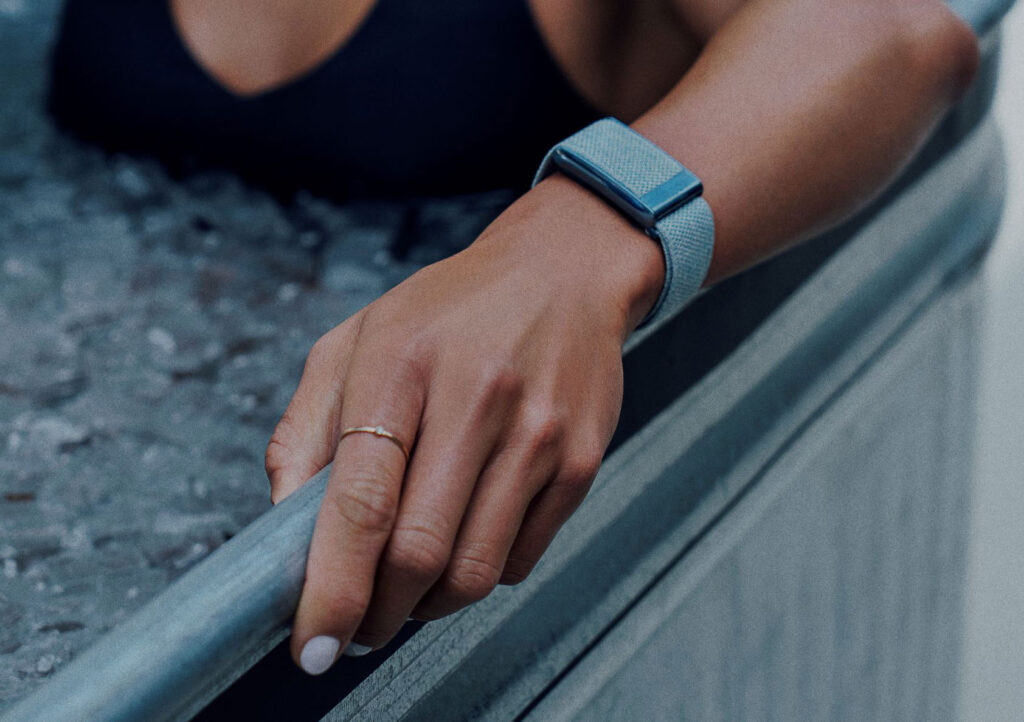
Wellness is big business and the UK is leading the way in Europe, with the industry in this country estimated to be worth over US $223 billion. Evolving into more than just a personal pursuit, wellness has become a defining factor in how we live and where we choose to call home. At the forefront of this movement is the growing demand for properties that support and enhance our sense of wellbeing, reflecting both environmental and technological trends.
For those navigating the complex and competitive property market in London and the Southern Counties, the expertise of a specialist buying agency is invaluable in sourcing homes that cater to these shifting priorities.
The Rise of Wellness Technology in Homes
Wellness tech, from AI-powered wearables to sleep-optimisation devices, has seen a meteoric rise. Tools like WHOOP health monitors, Oura Rings, and devices designed for nervous system regulation are no longer niche accessories; they’ve become lifestyle staples for many.
How we set up our homes to accommodate wellness tech and AI is becoming ever more important. The implication for properties is clear; spaces need to adapt. Homes with integrated smart systems or the potential to incorporate such technologies are in high demand. Whether it’s a bedroom designed for smart sleep tracking or room layouts that allow for unobtrusive tech integration, the modern home is becoming a wellness hub.
Creating a Sanctuary: Environmental Wellness
In tandem with technological trends, there’s a growing emphasis on environmental wellness – both within the home and its surrounding environment.
Internally, clients are seeking homes that allow for serene, restorative spaces. Zen dens – tranquil zones designed for digital detox – are replacing the traditional man cave, reflecting a shift towards relaxation and recovery over recreation. Reformer rooms for Pilates or spaces dedicated to Nordic wellness practices like infrared saunas and ice baths are becoming coveted features.
Externally, proximity to green spaces remains a top priority; a demand accelerated by the pandemic that shows no sign of slowing down. Areas such as Hampstead with its famous outdoor swimming ponds on the Heath, Richmond with its 10-acre Ham Lake outdoor pool within a large nature reserve, and neighbouring areas to Hyde Park which houses the Serpentine Lido, are all excellent choices for wellness-oriented buyers.
Wellness by Design: Natural Light, Quiet Spaces and Soundproofing
The design of the property itself plays a crucial role in supporting wellness. A wealth of natural light – essential for mental health and vitality – is a non-negotiable for many buyers. Soundproofed interiors and bedrooms positioned in quieter areas of the home are also in high demand, reflecting a desire to minimise stress and maximise rest. More intimate spaces dedicated to calming pursuits are being carved out; with the likes of flower rooms, listening rooms, even star-gazing rooms growing in popularity. Our extensive network of leading architects and interior designers is uniquely equipped to expertly craft these highly sought-after spaces in any new home.
Freehold homes offer greater flexibility to add bespoke features such as smart saunas, reformer rooms, or dedicated relaxation areas. I have even seen hyperbaric oxygen chambers – favoured by athletes for recovery – installed in private homes. Apartments, meanwhile, are not exempt; balconies are increasingly being adapted for wellness, housing everything from compact ice baths to zen-inspired switch-off areas.
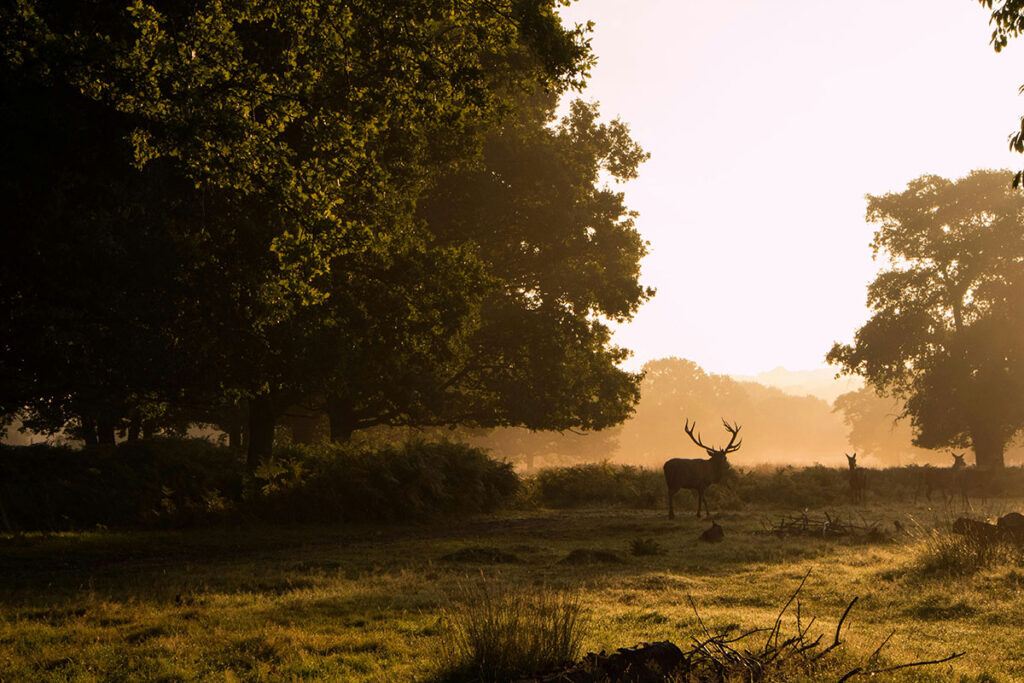
Location Matters: A Slower Pace and Better Air Quality
Geographical considerations are just as critical. Beyond green spaces, buyers are looking for areas with better air quality, less noise pollution and a village-like feel. Outer London regions such as Richmond (pictured), Wimbledon and Dulwich offer a slower pace of life while retaining easy access to the city’s amenities, and we are expertly-placed to advise on property in these areas.
This trend aligns with a broader desire for wellness on a community scale, with buyers valuing proximity to yoga studios, community saunas and outdoor swimming facilities where they can benefit from a personal connection with others.
How a Buying Agency Adds Value
Navigating the complexities of sourcing a property that supports a holistic approach to wellness requires extensive market expertise and a highly tailored approach. Our specialist buying agents at The Buying Solution have an intimate understanding of both client needs and market dynamics, making us best placed to identify properties that meet exacting wellness criteria.
By understanding the nuances of these trends, we not only save clients precious time but also provide a highly competitive edge in securing properties that might otherwise be overlooked.

Toto Lambert is our specialist Partner in London
Explore more of The Buying Solution’s Insights
